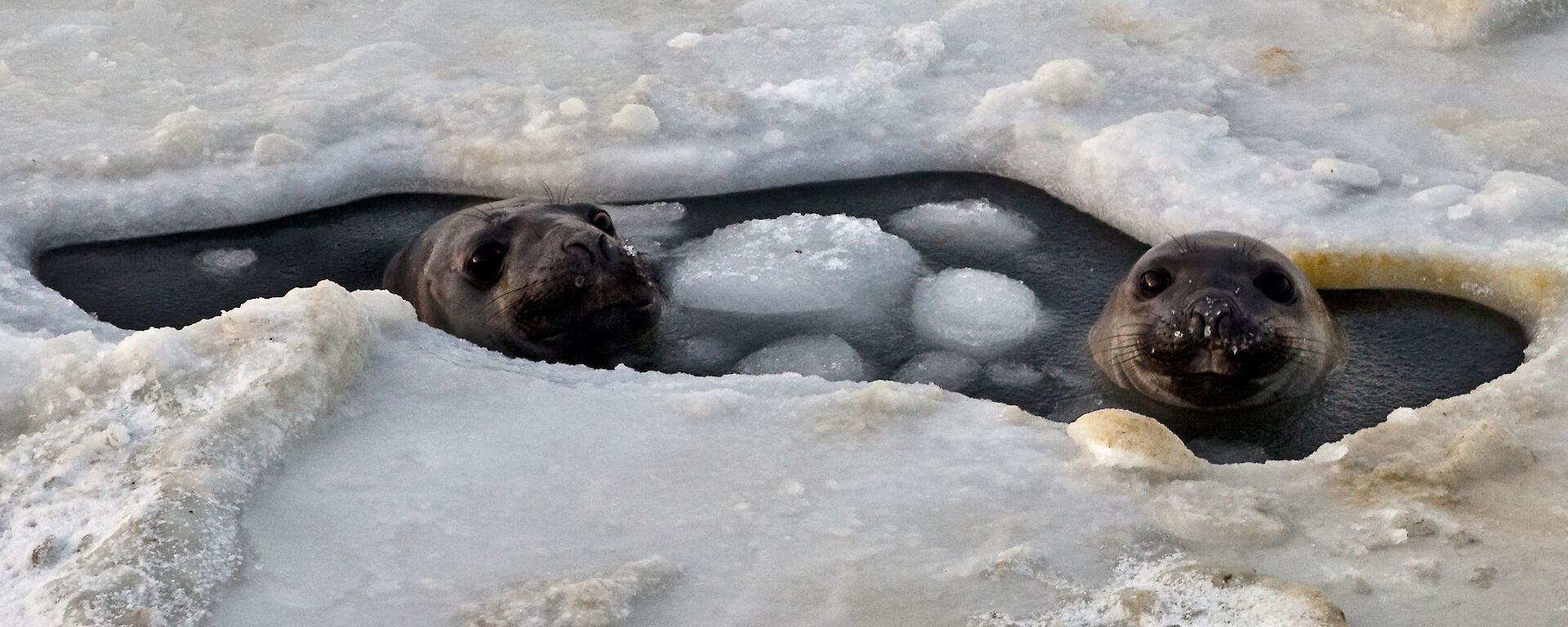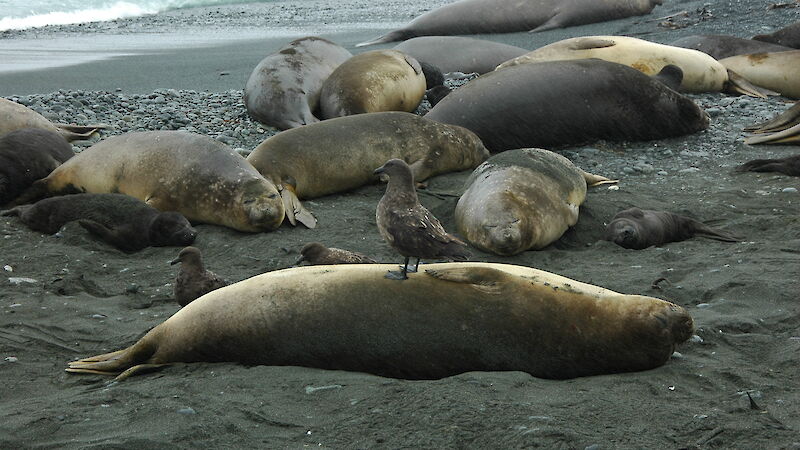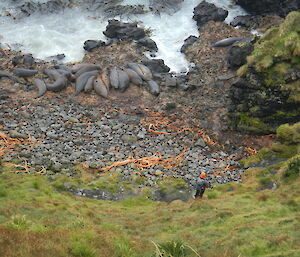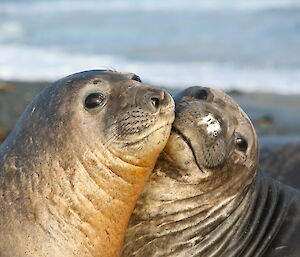The ozone hole and changes in atmospheric circulation are implicated in a decrease in southern elephant seal abundance on Macquarie Island, according to new Australian research published in Proceedings of the Royal Society B in March.
Australian Antarctic Division researcher Mr John van den Hoff, in collaboration with the University of Tasmania, Department of Primary Industries, Parks, Water and Environment, and the University of New South Wales, counted breeding female seals on the island’s isthmus every year, between 1988 and 2011. The isthmus counts form part of a broader long-term monitoring program, set up following the discovery in the mid-1980s that the seal population had already substantially decreased since early Antarctic Division surveys in the 1950s.
During the research team’s study, the entire island’s female seal population decreased by 25% from a high of 22 640 in 1988 to 17 228 in 2009, when the last whole island census was undertaken. The most likely cause is thought to be related to changes in the seals’ foraging habitat and subsequent food availability.
‘The long-term decrease in seal numbers has coincidently occurred at a time when winter sea ice duration, extent and concentration south of Macquarie Island has been increasing, resulting in broad- and local-scale physical changes in their foraging habitats,’ Mr van den Hoff said.
‘Adult female elephant seals tend to avoid sea ice but they need access to high quality foraging grounds over the Antarctic continental shelf. This access diminishes as winter approaches and sea ice extends northwards. As the animals are faithful to their individual feeding areas, any variability or persistent change in foraging area quality could affect their future survival and breeding success.’
To find out whether changes in the sea ice environment was a factor in the seals’ decline, the team looked for correlations between the decline and an index of atmospheric variability known as the Southern Annular Mode (SAM). The ‘SAM anomaly’ describes the north–south movement of the westerly wind belt (the polar vortex) that circles Antarctica. In its ‘positive’ phase, the westerly wind belt contracts towards Antarctica, resulting in stronger, colder westerly winds, which can increase sea ice duration and extent. A persistent increase in the SAM index over the past 30 years is attributed to the ozone hole over Antarctica.
The team found that the biggest annual declines in seal numbers occurred three years after a strong positive SAM. These events were also associated with increased winter sea ice duration of up to 60 days over the seals’ continental shelf foraging grounds.
‘Given that adult females avoid sea ice, we think an earlier sea ice advance, in March-April, could prevent pregnant females accessing the continental shelf and the higher quality prey, such as krill, available there,’ Mr van den Hoff said.
‘A later ice retreat in spring would also extend the period of exclusion from the same shelf foraging areas.’
Pregnant seals need to feed on high quality prey to boost their fat reserves for the coming winter and for lactation when their pup is born. The amount of fat accumulated determines the seal’s ability to feed her pup, the pup’s subsequent size at weaning, and its ability to survive the first two years of life.
As juvenile female seals reach reproductive age about three years after birth, the reduced survival of these animals, born after a year of increased sea ice duration, accounts for the three-year lag between positive SAM signals and decreases in seal numbers.
In the future, changes in the open waters of the Southern Ocean, including warming, and a southward shift in the ocean fronts, could also negatively affect Macquarie Island seals — with seals needing to travel further to reach frontal foraging grounds that may also have altered prey availability and quality.
‘As both warming of the Southern Ocean and the positive SAM phase shift are predicted to continue as long as the ozone hole remains open and greenhouse gas emissions continue to increase, we can expect further changes in the structure and function of the Southern Ocean ecosystem,’ the study authors said.
‘These changes will affect high-order predator populations, some of whom will prosper while others struggle.’
The news is not all bad for southern elephant seals in other parts of Antarctica, with populations on the West Antarctic Peninsula increasing as sea ice in the region declines. However it is still too early to say whether elephant seals will be climate change ‘winners’ or ‘losers’.
‘The continued collection of high quality count data, such as that for the Macquarie Island seal population, will enable us to establish clearly how climate variability and change will affect elephant seal populations world-wide,’ Mr van den Hoff said.
van den Hoff J, McMahon CR, Simpkins GR, et al (2014). Bottom-up regulation of a pole-ward migratory predator population. Proc. R. Soc. B, Vol. 281, No. 1782, doi: 10.1098/rspb.2013.2842.
Wendy Pyper
Corporate Communications, Australian Antarctic Division





